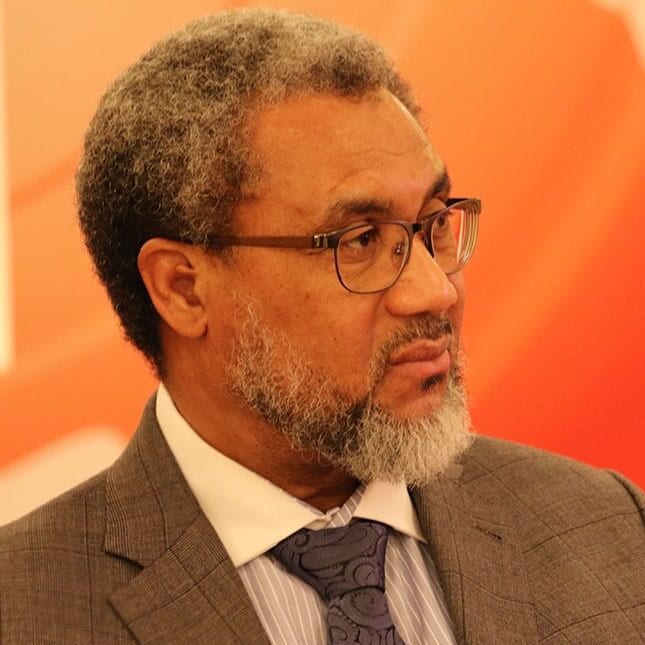Four months have passed and the Quds Intifada shows no sign of coming to an end. None of the repressive measures adopted by the Israeli occupation authorities have proven effective. The Netanyahu government is fast running out of options and becoming increasingly desperate. Hence, he has ordered his inner cabinet to carry out a review to determine whether the intifada started spontaneously or was planned.
Whatever conclusions are reached, the prospects are not good. Israel’s occupation of the West Bank, Jerusalem and the Gaza Strip is now approaching its 50th year; that in itself makes it unique amongst the world’s humanitarian crises, according to the UN Office for the Coordination of Humanitarian Affairs (OCHA). The members of the “Oslo generation” who lead the latest intifada have known nothing but deceit and lies; they have had enough.
This was the message conveyed by Chief of General Staff Lieutenant General Gadi Eizenkot at a conference at the Herzliya Interdisciplinary Centre (IDC) last week. He pointed out that 95 per cent of the Palestinians who have carried out knife attacks since October 2015 were young people and that he expects the uprising to continue.
Life under the occupation has become so intolerable that it would be unnatural if there was no uprising. Consider, for example, that on one day alone, 2 February, Israel’s occupation forces destroyed 24 homes in two Palestinian communities in southern Hebron (Massafer Yatta), leaving 134 people homeless. In other parts of the West Bank, including East Jerusalem, thousands more are at risk of displacement. In what is described by the Oslo Accords as Area C, there are 11,000 outstanding demolition orders affecting 13,000 structures. For the generation living with the unjust legacy of Oslo, the struggle today is truly existential.
Is this the Third Intifada?
Rising tensions in the Occupied Territories have led to dozens of deaths and hundreds of clashes.
Are we witnessing the Third Intifada?
Not content with the Oslo Accords which left it in full control of Area C (which constitutes 60 per cent of the West Bank), Israel has taken advantage of other unjust historical legacies. As with every uprising in the past, it has resorted to the British Defence (Emergency) Regulations of 1945 which were enacted to quell unrest in Mandate Palestine. Although the British had revoked these regulations when the mandate ended in 1948, Israel has continued to use them, claiming that they are still part of the law in the West Bank.
Ironically, when they were initially enacted, the Jews in Palestine actually opposed the Emergency Regulations. The Jewish Bar Association, in particular, called for their repeal, insisting that they “deprive the Palestinian citizens of the fundamental rights of man”, undermined law and justice and established a system of arbitrary rule.
Despite their widespread use of house demolitions, administrative detentions and deportations, the British had very little success in breaking the will of the Palestinian people. It is clear, therefore, that Benjamin Netanyahu has learnt nothing from history; 70 years on he is resorting to the same measures that now make the population more embittered and defiant.
Although the worsening living conditions contributed to the eruption of the current uprising there is no doubt that Israel’s attempt to change the religious and demographic character of Jerusalem has also been a major cause. Notably, Israel’s claim to the holy city would be meaningless without control over Al-Aqsa Mosque; it is precisely for this reason that the Netanyahu government has been encouraging settlers to encroach upon what they call the “Temple Mount” on a daily basis.
Despite the gravity of the situation, no one seems to have control of events on the ground. The Palestinian Authority (PA) has long been reduced to a spectator, there for the benefit of the occupier, not the occupied. An initiative by US Secretary of State John Kerry to de-escalate tensions has failed. As for the Jordanians, they are, apparently, too preoccupied with their domestic problems to bother about their “custodianship” of the holy sites in the occupied West Bank and Jerusalem.
All of this notwithstanding, a sense of desperation is taking hold of Israeli society. If Israel’s government cannot benefit from the current regional turmoil to settle the Jerusalem issue, it probably never will. Hence, efforts are now well underway to execute a long-standing plan to readjust the demographic balance in the city. This requires the removal of 28 villages from the city’s municipality and forcing their 200,000 Palestinian inhabitants out to the PA-controlled parts of the West Bank. When this illegitimate manoeuvre is complete, Jews will form more than 80 per cent of the city’s population, with the percentage of Palestinians dropping from 40 to less than 20 per cent.
This may sound attractive to Netanyahu and his coalition partners but it doesn’t take much intelligence to work out that it is a blueprint for disaster. It will be one outrage too many and will fuel the flames that have already been lit. The region does not need another inferno. In pushing ahead with its Judaisation plans, the Israeli government is demonstrating that it has no interest in finding a peaceful solution to the Palestine-Israel question.
MEMO’s infographic on Israel’s attempts to squash the #ThirdIntifada
So this is what happens when you fight against #Apartheid?Infographic by The White Canvas Also read:Factsheet on…
Posted by Middle East Monitor on Wednesday, November 11, 2015
The views expressed in this article belong to the author and do not necessarily reflect the editorial policy of Middle East Monitor.








